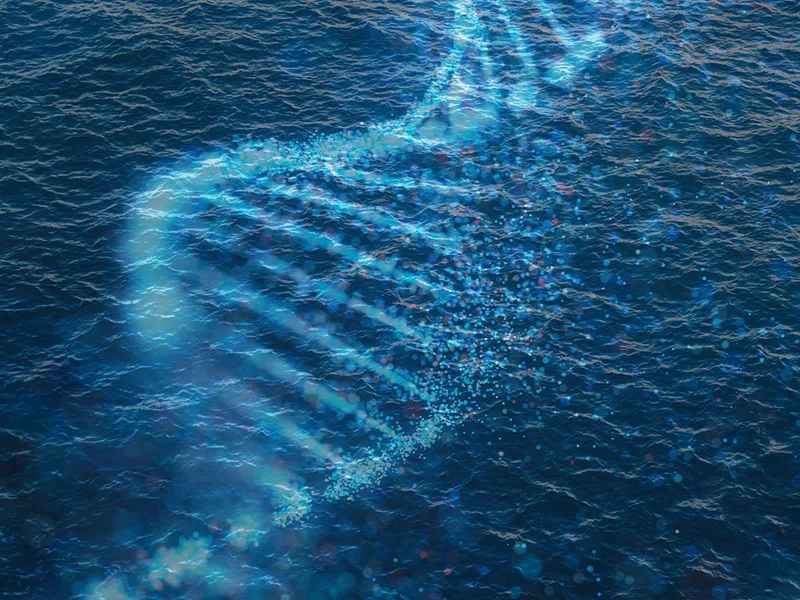Understanding biodiversity in the Gulf of Mexico using eDNA
Assessing ecosystem responses of Gulf of Mexico coastal communities to ocean acidification using environmental DNA
Why we care
Recent efforts to monitor ocean acidification in the Gulf of Mexico via the Gulf of Mexico Ecosystems and Carbon Cycle (GOMECC) cruises have revealed spatial differences in ocean acidification. While we know that ocean acidification negatively impacts many species and exacerbates the effects of oxygen limitation and harmful algal blooms, there is little work to monitor or predict the effects of ocean acidification on biodiversity. This project employs cutting-edge technology using environmental DNA to assess biodiversity in different conditions in the Gulf of Mexico region.
What we are doing
Every organism sheds DNA. This project analyzes environmental DNA (eDNA), which is free-floating or microscopic DNA found in seawater, collected during the 4th GOMECC cruise, to identify biodiversity of bacteria, plankton, and fish in the Gulf of Mexico. eDNA will be compared to ocean properties to draw conclusions about drivers of biodiversity.
Benefits of our work
Links between eDNA, ocean acidification, and other ocean properties will provide a deeper understanding of environmental drivers of biodiversity. These relationships can inform predictions of biodiversity patterns and guide the management of key habitats in the Gulf of Mexico, and help us adapt to changing ocean conditions.
Understanding biodiversity in the Gulf of Mexico using eDNA Read More »



